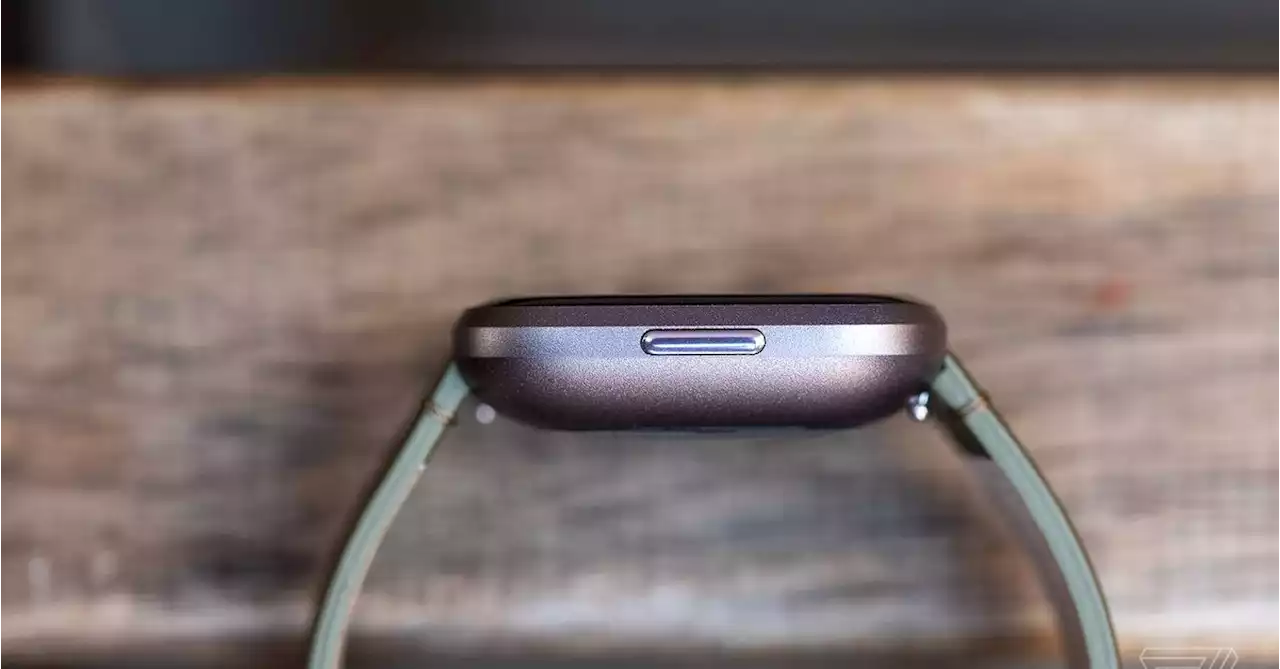Huzzah! Fitbit Versa 4 and Sense 2 may bring back physical buttons.
This isn’t a new problem. There are plenty of fitness trackers that don’t havekind of button or crown. Instead, they rely on touchscreens entirely. For instance, with the Garmin Vivosmart 3 and Vivosmart 4, you had to tap the screen to confirm your choices. That meant nailing the perfect cadence and pressure each time. If you didn’t master it, it meant a simple two-second task could end up taking several minutes to figure out.
Sweaty fingers are also an issue. Touchscreens often don’t register moist fingers, and they also make it harder to use capacitive buttons. The irony is these are devices meant to be worn while exercising, so they effectively become harder to use just when you need them most. A well-designed physical button is a simple solution to all these problems. When you see a physical button, you don’t have to learn how to use it. You just press and it does the thing you want. If you want to get fancy, you can program nifty shortcuts — like pausing your music — and never have to look down at your watch. A physical button does not care how sweaty your fingers are. It will always do its job.
, and one small change ended up being a game-changer in a tracker series that was always finicky. That change? Adding a physical button. The combination of a touchscreen and a button was perfect. I could use the touchscreen when it made sense, like when scrolling through menus. But I could also always rely on the button to get me back to the homescreen, the previous screen, or end a workout. Adding the button single-handedly eliminated one of the tracker series’ worst pain points.
This is the most likely reason why — if this leaked photo is to be believed — Fitbit has backpedaled to an older design. It’s a smart decision if so, and it’s further proof that you get the best wearable experience when you use both a touchscreen
